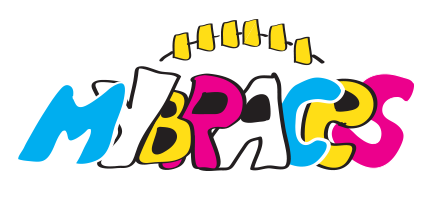Metal Braces | Ceramic | Invisalign
MyBraces.nyc
BRACES: What You Should Know
-
Understanding the names of different parts of braces may be helpful when you come in for an appointment! Here are some terms that you might want to know:
Braces:
Almost all types of traditional braces, such as metal braces or ceramic braces, use brackets. Brackets are small, square shaped, metal pieces that are glued directly onto each tooth in order to hold the arch wire. In each bracket, there is a slot for the arch wire to fit through.
Bonding Material:
Bonding material is a special type of “glue” used to glue the brackets directly onto each tooth.
Arch Wire:
The arch wire, also referred to as the main wires, are specially fitted to the upper jaw and the lower jaw. Each wire is made of metal and is run through each bracket. Over the course of the treatment, the arch wires are what apply pressure on the teeth and are responsible for the teeth being repositioned. The arch wires are replaced during every adjustment appointment, as they can get weaker over time. Each wire is replaced and tightened each time, with the possibility of the new wires being ticker and stronger depending on how much adjustment is needed.
Ligature Elastics: Ligature elastics are small rubber, or sometimes wire, bands that are used to secure the arch wire to the brackets installed. These bands are replaced with every adjustment appointment, and may come in a variety of colours for our patients to choose from.
Diagnosis
After you come in for a complimentary* consultation with our orthodontic team, a qualified orthodontist will review your dental and medical health history. Your orthodontist will also take photographs and x-rays of the whole mouth and individual teeth in order to be able to evaluate your orthodontic needs. If the orthodontist determines that braces are necessary, during the follow up appointment he or she will do a full examination which includes taking x-rays and creating a mold of your teeth using a soft impression material. After the second examination is done, our orthodontic team will inform you of your available treatment options and what to expect from each of them.
Types
There are a variety of orthodontic treatment options, and a variety of different types of braces. Your orthodontist will be able to determine the severity of your misalignment, the length of your treatment, understand your cosmetic preferences and budget. Evaluating these aspects, your orthodontist will be able to find the perfect treatment for you.
Metal Braces: Metal braces are the least expensive type of braces, but are also the most obvious type. However, metal braces tend to have the shortest treatment type as they are the strongest type of braces used for more serious problems.
Ceramic/Clear Braces: Ceramic/clear braces are much more appealing due to their natural appearance. However, because they do not have the strength of metal braces, treatment time may be extended by a few months. Ceramic and clear braces do not have the strength to correct serious problems.
Lingual Braces: Lingual braces are placed behind the teeth and are incredibly difficult to place. Lingual braces require a specialist for application.
Invisalign: Invisalign uses sets of clear and removable trays, called aligners, which gradually shift the teeth as the trays are switched out. Invisalign is much easier to use, as it is removable, and is comfortable for the user.



